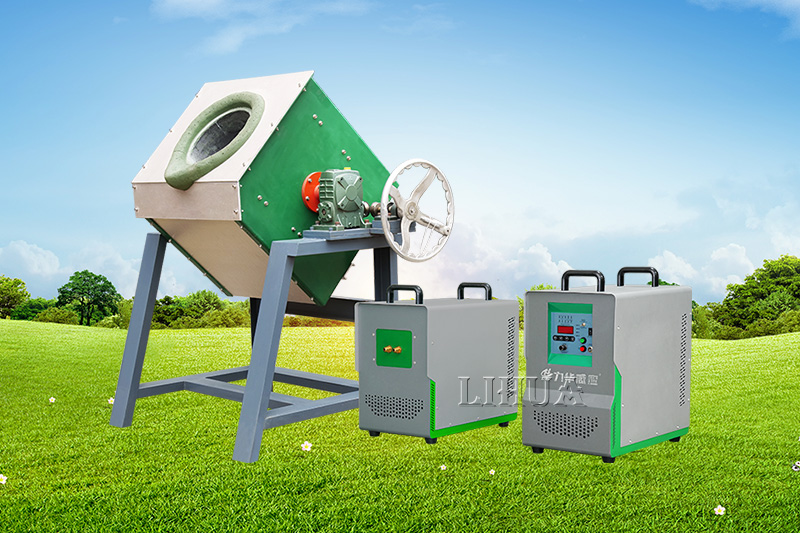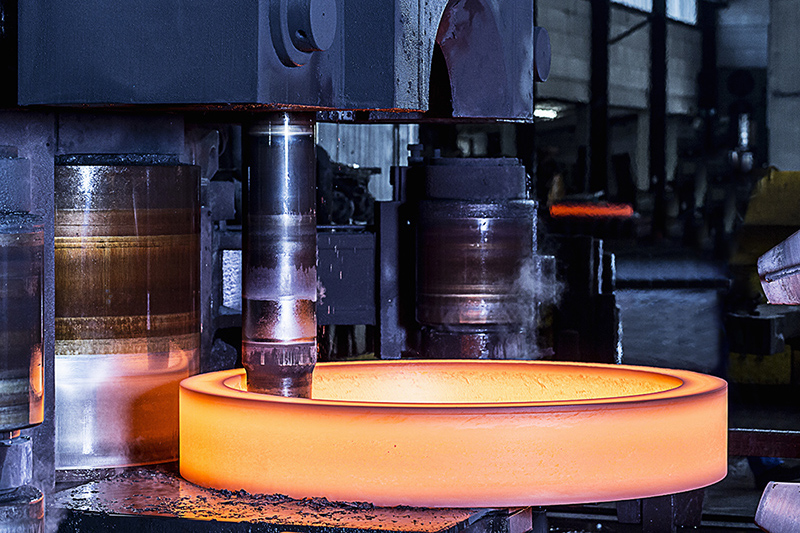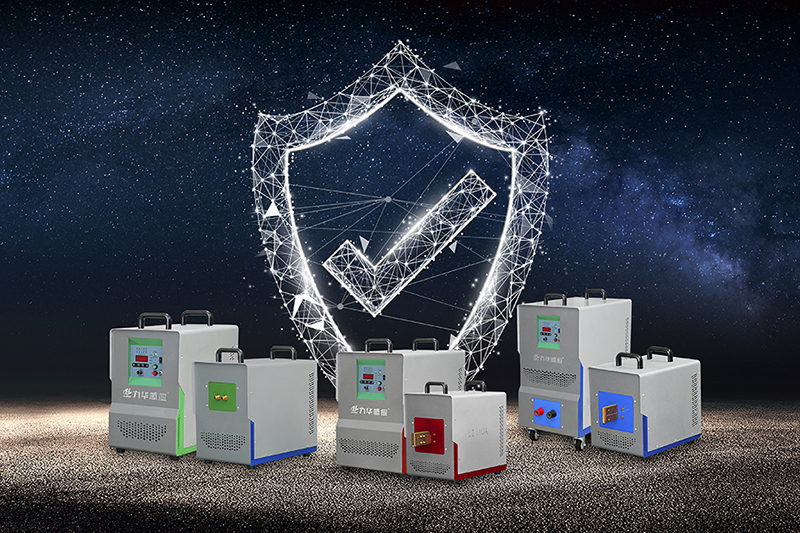Search
Categories
Related Info
Tags

What metals can a melting furnace melt?
Time:2023-03-14A melting furnace is a device that heats a solid metal to its melting point, melting it into a liquid state. Melting furnaces can melt many metals, including but not limited to the following.
1. First of all, copper is a common melting metal with a melting point of 1083°C. Copper's good electrical and thermal conductivity makes it widely used in electronic appliances, construction and machinery manufacturing.
2. Secondly, aluminum is another common melting metal with a melting point of 660°C. Aluminum's low density, high strength and good corrosion resistance make it widely used in aerospace, automotive, and construction.
3. In addition to copper and aluminum, smelting furnaces can also melt iron and steel. The melting point of iron is 1538 °C, while the melting point of steel is 1370 °C-1500 °C. Iron and steel are one of the most commonly used metals and are widely used in construction, machinery manufacturing, and transportation.
4. What's more, melting furnaces can smelt metals such as zinc, magnesium, lead, nickel, tin, silver, gold and platinum. These metals play an important role in different industrial sectors. For example, zinc is widely used in areas such as corrosion protection and galvanizing, while silver and gold are widely used in jewelry and precious metal manufacturing.
Of course, different types of melting furnaces are suitable for different metal types. For example, electric arc furnaces are typically used to melt iron and steel, while induction furnaces are suitable for smelting highly conductive metals such as aluminum and copper.





